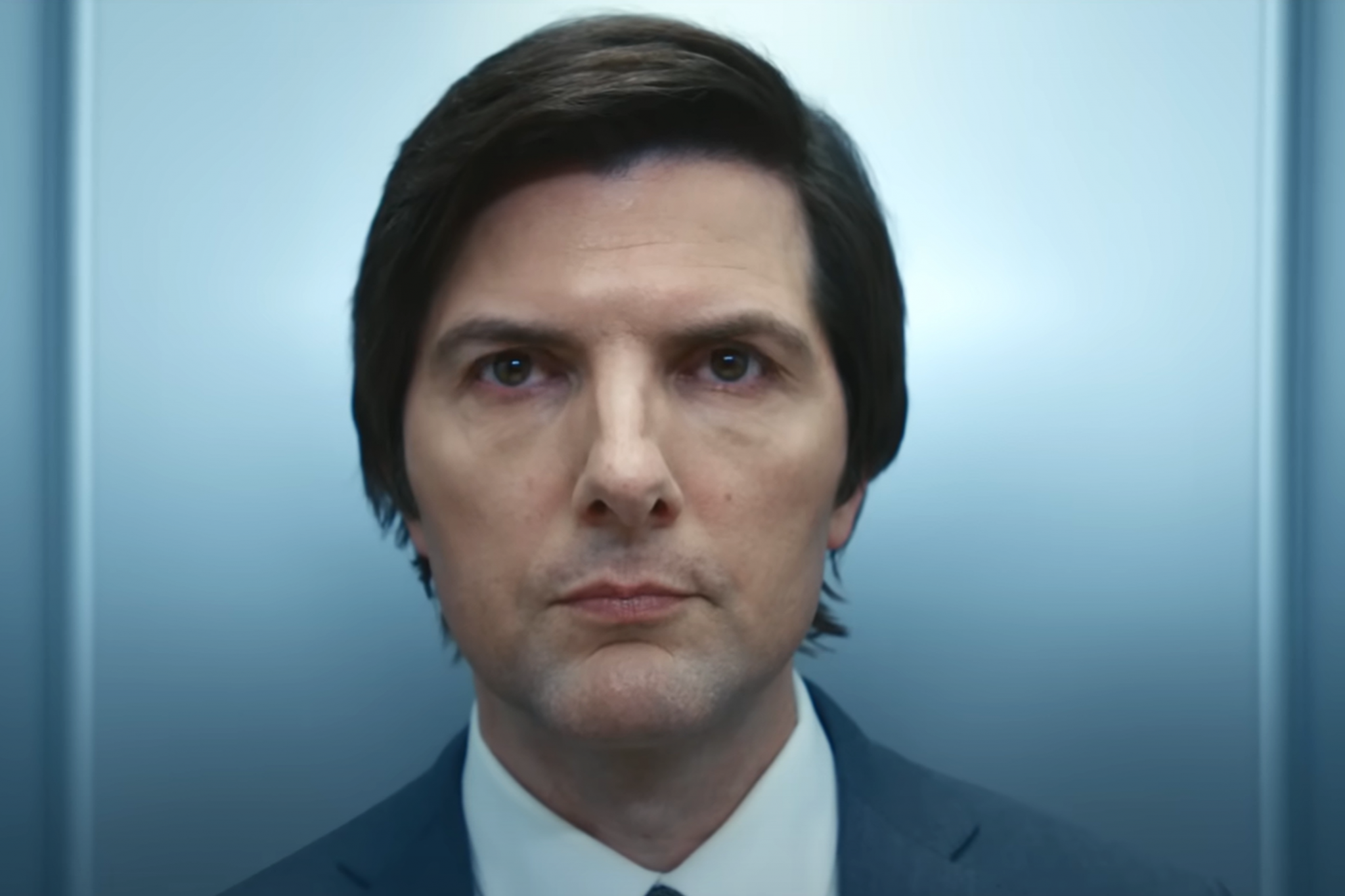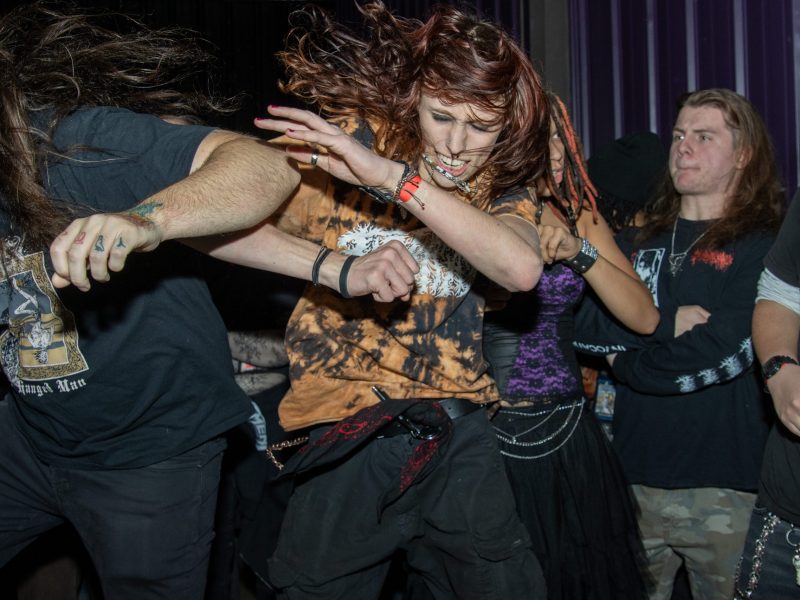Few shows in recent years have captivated audiences like Apple TV’s Severance. Created by Dan Erickson and directed primarily by Ben Stiller, the sci-fi and psychological slow burn scratches at the human psyche.
The show follows a group of employees whose consciousness is “severed” between their work and personal lives. The central four, led by Mark S., who is played by Adam Scott, work in the “macrodata refinement” department for a biotechnology company called Lumon to sort mysterious datasets into boxes based on the emotional responses the numbers evoke.
The season two finale, released last Friday, cements the show’s perfect execution in an action-packed psychological thriller that maximizes Severance’s trademark suspense.
Similarly to season one, season two’s finale is a series high point. Severance gets better when everything is on the line as the outies — outside-world versions of the characters — desperately try to communicate with their inside personas and Lumon executives tighten the leash to extract crucial data for the unclear, ominous goals of its founder. As everything heads towards a moral crux, loyalties are tested and true motives are revealed.
[Coconut Cult is the latest in an alarming trend of viral health products]
The final episode picks up at the climax of a season-long battle of wills between innies and outies to unleash more than an hour of gut-wrenching tension.
The finale opens with a 20-minute conversation between Mark’s severed selves as they record videos for each other to communicate and plot a daring mission that takes on the brunt of the episode.
Season two expands the show’s atmosphere of dark, almost occult-like mystery, achieved through a series of perfectly executed details. Lumon is pristine and mathematically divided, while the severed floor is a literal maze. Mark’s frantic search for his wife through the halls and outside the central macrodata refinement office uncovers increasingly disturbing results.
But on the outside, the world remains covered in snow. The shadows cast on the characters’ faces preserve them in a constant state of weariness.
This facade quickly decays into a headstrong fight against the company, fueling fervent fan speculation over Lumon’s overarching motives.
Near–constant narrative symbolism, from the weirdly sinister goat room to the archaic, dystopian speech of Lumon executives, furthers this mystery. This is later highlighted comedically during a stand-up routine in the finale between the cunningly hilarious innie supervisor Mr. Milchick, played by Tramel Tillman, and an animatronic Kier Eagan, the founder of Lumon.
Evolving over 10 episodes, Mark nears completion on the cataclysmic Cold Harbor file, which is hailed by his bosses as one of the greatest achievements in human history. Once the file is completed, Milchick dances and conducts a marching band through the office.
This scene instantly becomes a defining point of the season. In the darkest, most critical time in the innies’ lives, the workers’ boss indulges in over-the-top, superficial antics to “reward” them for their work. Underneath the outlandish humor of Milchick introducing a new department, choreography and merriment, lies a stark critique of corporate culture — and by extension, capitalism.
[Dukes brings elaborate skits, musical numbers to SEE’s spring comedy show]
It’s a moment that reminds us how Severance eerily mirrors our own world.
As Mark detaches himself from the musical celebration and escapes towards the dark hallway, expecting to find his outie’s wife, the season reaches a brutal climax. Action and violence explode across Lumon’s pristine halls, smearing its sterile building in red. Everything falls apart at lightning speed, fitting for a season that has been broiling with tension from the start.
Scott’s lead as Mark is arguably the series’ most nuanced. He effortlessly switches from a grieving, desperate husband trying to rescue his captured and once thought to be dead wife, to an eager leader of the severed floor.
Other season highlights include Tillman, whose facial expressions and expansive vocabulary have catapulted him to stardom.
The severance procedure serves as an ingenious plot device that raises enough moral questions to fuel the show’s emotional side, which we see as the innies start to establish their autonomy. Previously, the innie-outie dilemma was a mind-bender, but in season two, it becomes a harrowing question of life and consciousness, and what it means to have two separate, often clashing personas.
After the series finale, it’s clear this conflict will propel season three’s narrative.
A puzzle-box mystery of epic proportions, Severance not only avoided the pitfalls of many second seasons but exceeded expectations at every turn, drawing in audiences with the illusions of revelations only to leave them more lost — and intrigued — than ever.



